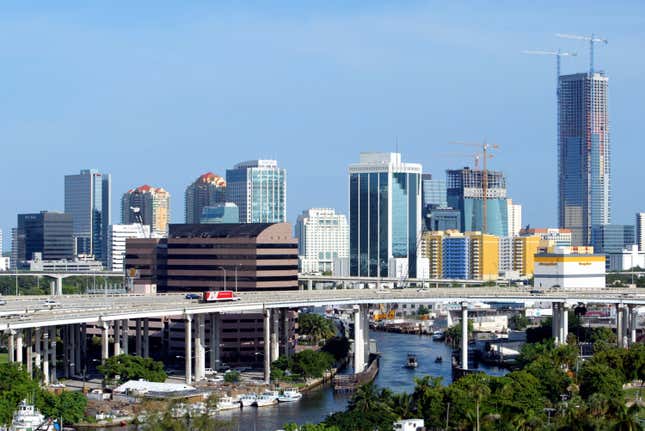
For the wealthy as well as everyone else, the cost of living has climbed over the past year as prices rose. Some cities were hit harder than others. The Julius Baer Lifestyle Index, which ranks the world’s most expensive cities annually, finds that Asia is the costliest region for luxury living, with Singapore ranking as the world’s most expensive city. This year, it surpassed Shanghai, the No. 1 city in 2022.
The index from Julius Baer (pdf), a Swiss money manager, evaluates the cost of 20 items associated with a high-end, cosmopolitan lifestyle, such as premium residential property, luxury cars, business-class flights, and extravagant dinners.
Based on the latest prices for this basket of goods, Hong Kong moved from the fourth to third most expensive city. Bangkok climbed from No. 15 to No. 11, while Taipei fell from third to eighth place. Zurich and Tokyo dropped from seventh and eighth, respectively, to 14th and 15th.
Cities where luxury living has gotten way more expensive
With a 22% spike, Miami saw the largest increase in living costs over the past year, climbing from 18th in the 2022 ranking to 10th. Dubai rose from 14th to seventh place, while Jakarta went from 19th to 12th. New York also saw a jump, moving from the 11th to the fifth most expensive city.
The biggest price increases were for sought-after, premium consumables such as wine and whiskey, as well as luxury cars and hospitality services, Julius Baer notes in a statement. As demand for travel and entertainment surges post-pandemic, the costs of goods and services like hotel suites, flights, and fine dining have risen. According to the report, this is largely thanks to higher energy, raw materials, and staffing costs, compounded by inflation, supply chain disruptions, and currency fluctuations.